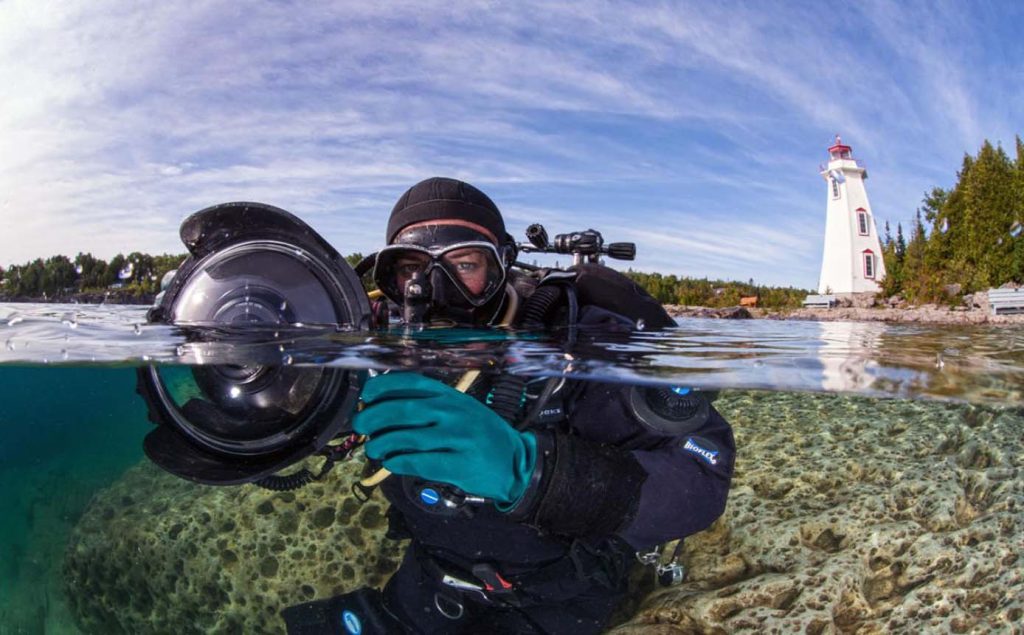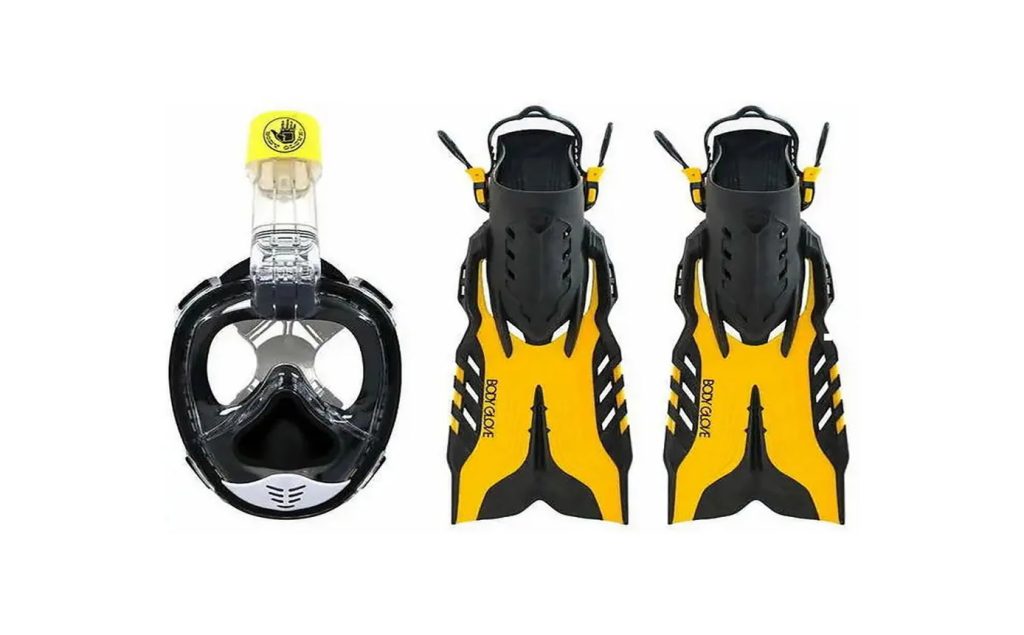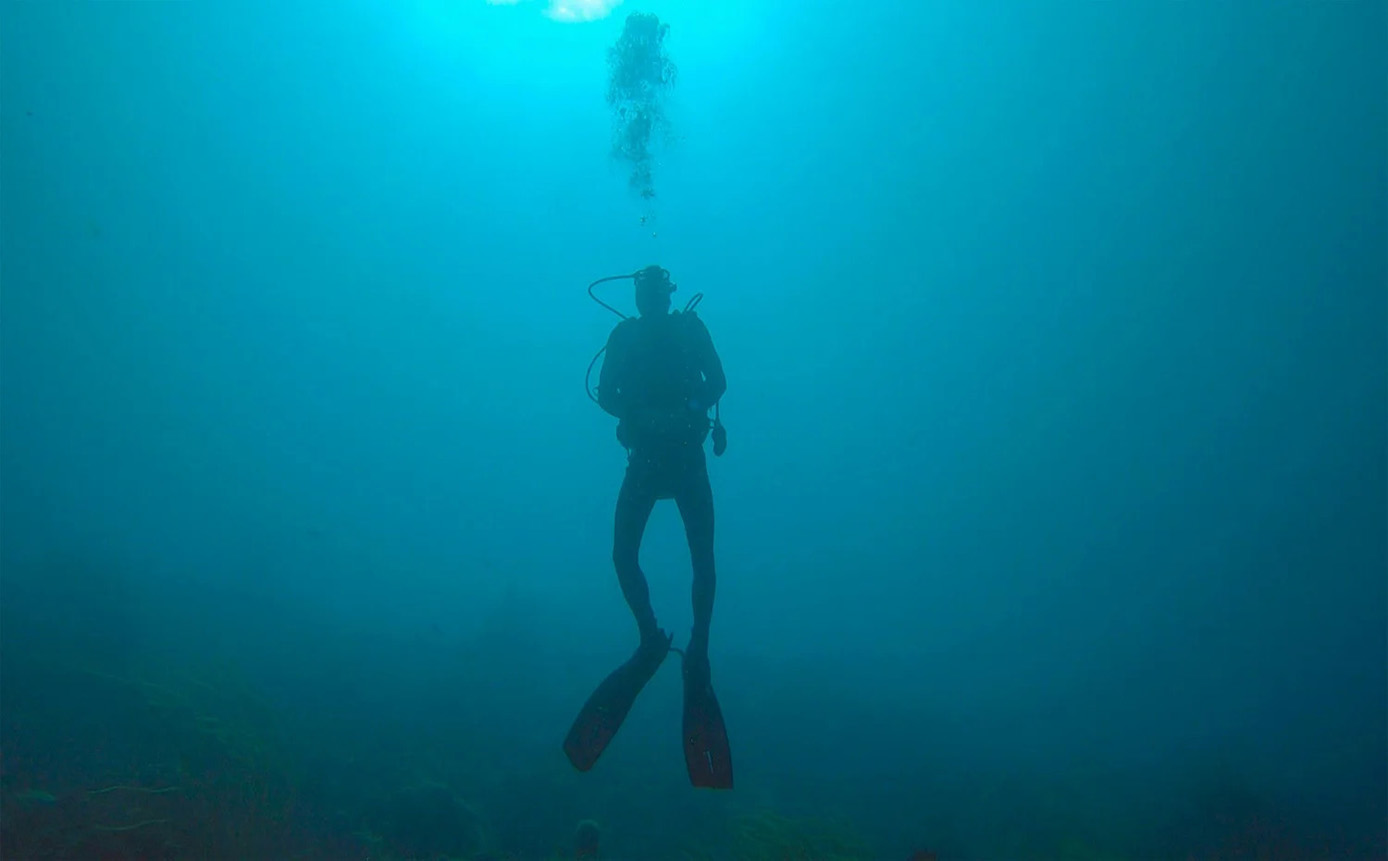August in Kamloops has always been one of my favorite times of the year. The sun lingers high in the sky, the air is warm but rarely overwhelming, and the lakes shimmer like jewels tucked into the rolling hills of the Thompson Valley. For most visitors, Kamloops lakes are places to swim, kayak, or picnic. But for me, they’ve become something more: a window into another world. Diving here is not like the Caribbean or Australia—it’s quieter, colder, and more subtle. Yet it’s also profoundly rewarding. Beneath the surface of these inland waters, I’ve discovered stories of geology, hidden habitats, and the unique beauty of British Columbia’s interior.
Over the years, I’ve come to know several lakes around Kamloops that offer incredible diving experiences. They aren’t tropical paradises, but they are landscapes of mystery where light dances differently, where fish dart silently, and where the bottom tells its own quiet story.
The Atmosphere of Diving in Kamloops
Before I dive into specific lakes, I want to paint a picture of what diving in Kamloops feels like. August is ideal because the surface waters are at their warmest—typically between 18°C and 22°C. Still, below a few meters, the water cools dramatically. A wetsuit (or even a drysuit if you’re sensitive to cold) is essential.
Unlike ocean diving, there’s no coral reef or wide schools of tropical fish. Instead, you encounter stillness. It’s meditative. You descend through layers of light, watch how it filters green through the water, and discover logs resting like sculptures on the lakebed. Small fish—rainbow trout, perch, sometimes kokanee—become your companions. The clarity varies: some days the visibility stretches 8–10 meters, other days it’s more like 3–5 meters, depending on wind, algae, and recent rains.
For me, the real charm of Kamloops diving is that sense of solitude. Often, I’m one of the only divers in the water. Surfacing after a dive, I see pine-covered hills rising around me, the sky expansive, and I feel as if I’ve stepped into a secret the land is willing to share only with those willing to go underwater.
1. Kamloops Lake – Vast Horizons Beneath
Location: West of Kamloops, stretching from the city toward Savona, about 20 minutes’ drive along Highway 1.
Why I Love It: Kamloops Lake is the largest body of water near the city, and its sheer size makes it endlessly fascinating. From above, it looks like a shimmering ribbon of blue. Beneath, it offers dramatic underwater landscapes—sloping shelves, rocky outcrops, and sunken logs that have been resting for decades.
The Dive Experience:
Entering from beaches near Savona or the provincial park areas, I usually wade into the water with anticipation. At first, the shallow areas are sandy and dotted with reeds. As I descend further, I often find myself gliding past giant logs, almost like underwater sculptures. The play of light filtering through the water gives them an almost mystical quality.
On one dive, I hovered over a school of perch, watching them shift and shimmer together, their scales reflecting the light in tiny flashes. Another time, I stumbled across an old anchor embedded in the sand, likely lost from a boat decades ago—a reminder of the lake’s long human history.
Costs:
- Entry: Free (public beach access).
- Dive gear rental: ~CAD \$70–100/day from Kamloops-based outfitters or in Kelowna.
- Parking: Usually free at public access points.
Booking Note: Accommodation in Savona or Kamloops is easy to find via Booking.com Canada or Expedia.ca. If you want to pair your diving with fine dining, reservations at downtown Kamloops restaurants can be made with OpenTable Canada.
Tips for Diving Here:
- Visibility is often best in the morning before the winds pick up.
- Bring a dive flag to alert boaters—Kamloops Lake is popular for recreational boating.
- Water can drop to 10°C at depth; wear proper insulation.
Personal Reflection: Every time I dive Kamloops Lake, I feel like I’m swimming in the veins of the valley itself. The way the hills cradle the water above makes me think the lake is a mirror of the land. Beneath, I find echoes of that same quiet majesty.

2. Paul Lake – A Hidden Gem for Divers
Location: Paul Lake Provincial Park, 20 km northeast of Kamloops, accessible via Paul Lake Road.
Why I Love It: Paul Lake feels more intimate than Kamloops Lake, a quieter pocket of water nestled among forested hills. It’s a favorite for families camping in summer, but below the surface, it offers a tranquil dive site with surprising clarity.
The Dive Experience:
I often enter from the main beach near the provincial park. The shallow areas are sandy, with occasional clusters of weeds. As I move deeper, I find large submerged tree trunks and rocky outcroppings. Once, I followed a trail of bubbles rising from between two rocks—it turned out to be natural gases escaping from the sediment, but in the moment it felt mysterious and alive.
The most striking moment I’ve had at Paul Lake was encountering a large rainbow trout gliding effortlessly in front of me, unbothered by my presence. Its scales shimmered like liquid silver against the dark green water.
Costs:
- Park Entry: Free (day use).
- Camping: ~\$23 CAD per night if you want to stay nearby. Bookable through BC Parks Reservation System.
- Dive gear rental: Same as above (~CAD \$70–100/day).
Photography Note: I always bring my underwater housing for my camera here—the light beams slicing through the surface near midday create stunning shafts of illumination, almost cathedral-like.
Tips for Diving Here:
- Arrive early; the park can fill with swimmers by afternoon.
- Look for rocky shelves along the east side of the lake for more interesting dives.
- Great for beginner divers—gentle slopes and clear navigation.
Personal Reflection: Diving in Paul Lake feels like slipping into a dream. The forested hills above seem to whisper their secrets below, and every dive leaves me calmer, more centered, as though the lake itself shares its stillness.
3. Lac Le Jeune – Forest Reflections Underwater
Location: 37 km south of Kamloops, accessible via Lac Le Jeune Road.
Why I Love It: This lake, surrounded by lodgepole pine forests, is beloved by anglers and campers. For divers, it’s a chance to enter a freshwater ecosystem where life thrives.
The Dive Experience:
As I swim down, the first thing I notice is the vegetation—long swaying strands of aquatic plants reaching toward the surface. Fish weave through them like ribbons. Kokanee salmon and rainbow trout are common sights, sometimes darting in schools, sometimes appearing alone in flashes of color.
Deeper down, the bottom is muddy in places, but occasionally punctuated with stumps and rocks that create eerie silhouettes. I once hovered over an old submerged dock piling, imagining the days when it was part of the surface world.
Costs:
- Park Day Use: Free.
- Campsite: ~\$22 CAD per night (book through BC Parks).
- Nearby Lodging: Lac Le Jeune Resort offers rustic cabins (~CAD \$120–180/night, bookable on Booking.com Canada).
Tips for Diving Here:
- Summer algae blooms can reduce visibility—best dives are in the morning.
- Bring insect repellent if you’re staying overnight—the mosquitoes are legendary.
- The lake is at higher elevation, so air feels cooler than Kamloops city.
Personal Reflection: There’s something deeply humbling about seeing the forest mirrored underwater. The plants below sway like trees, fish move like birds, and I often feel as though I’ve entered a parallel version of the world above.
4. Heffley Lake – Quiet Depths Near Sun Peaks
Location: 30 km northeast of Kamloops, en route to Sun Peaks Resort.
Why I Love It: Heffley Lake is less crowded than Paul Lake or Lac Le Jeune, making it a peaceful spot for those who want solitude in their dives.
The Dive Experience:
Heffley Lake has fewer sandy beaches and more rocky, marshy entry points. Once submerged, I found the terrain a little more rugged, with rocky shelves and steep drop-offs. The clarity varies, but when it’s good, it’s incredible—visibility up to 10 meters.
I’ll never forget descending to about 8 meters and spotting a school of kokanee shimmering together, almost like sparks underwater. The silence of the lake amplified the beauty of the moment.
Costs:
- No entry fees.
- Cabins and lakeside lodges available from ~CAD \$150/night (check Expedia.ca).
Tips for Diving Here:
- Because it’s less developed, bring everything you need—there aren’t many facilities.
- Dive with a buddy for safety; it’s a quiet spot with little surface activity.
- Perfect for intermediate divers who want a mix of challenge and calm.
Personal Reflection: To me, Heffley Lake feels like a hidden chapter in the Kamloops diving story. It’s not flashy, but it’s deeply rewarding. Each dive feels like being let in on a secret that few others will ever know.
5. Stake Lake – Serenity in the Highlands
Location: 23 km south of Kamloops, near Lac Le Jeune.
Why I Love It: Stake Lake is more famous for cross-country skiing in winter, but in summer, it becomes a serene paddling and diving destination.
The Dive Experience:
What strikes me most here is the clarity. Stake Lake is relatively shallow, so the sunlight reaches much of the bottom, making it feel brighter than other lakes. The underwater vegetation creates textures and patterns, perfect for photography.
The stillness is almost absolute. Once, I stayed motionless underwater for nearly 10 minutes, just watching how the lakebed swayed gently with the movement of the water. It felt like meditating in liquid form.
Costs: Free entry, with nearby camping options.
Tips for Diving Here:
- The lake is small, so don’t expect great depth; enjoy it for its intimacy.
- Best for beginner divers or those seeking a calming, shallow dive.
- Great practice ground for underwater photography.
Personal Reflection: Stake Lake reminds me that diving isn’t always about adventure—it can also be about peace. Some of my most restorative dives have been here.

Safety and Practical Notes
- Gear: Always wear at least a 7mm wetsuit in August, or a drysuit for extended dives. Gloves and hoods help with comfort.
- Buddy System: Never dive alone. These are natural lakes, and conditions can change quickly.
- Dive Shops: Kamloops has limited diving infrastructure, so many divers rent from Kelowna or bring their own gear.
- Booking Flights: Use Skyscanner Canada or Expedia.ca to reach Kamloops Airport (YKA).
- Lodging: For basecamps, I often book downtown Kamloops hotels on Booking.com Canada for convenience.
- Dining: After dives, hearty meals at places like The Noble Pig or Mittz Kitchen are a must—reservations via OpenTable Canada.
- Tours/Tickets: For non-diving days, activities like Sun Peaks chairlift passes can be found on Viator or GetYourGuide.
Diving in Kamloops isn’t about coral reefs or tropical seas. It’s about intimacy, stillness, and a new way of seeing British Columbia’s interior. Each lake has its own character—Kamloops Lake with its vastness, Paul Lake with its serenity, Lac Le Jeune with its living forests, Heffley Lake with its rugged solitude, and Stake Lake with its gentle embrace.
Every time I slip beneath the surface, I feel both removed from the world and deeply connected to it. The silence, the shifting light, the hidden life—all remind me why I fell in love with diving here. And when I surface, with the hills of Kamloops rising around me and the summer sun warming my face, I know I’ve captured something no camera ever fully can: the feeling of being part of two worlds at once.
So if you find yourself in Kamloops in August, don’t just stand at the lakeshore. Bring your gear, take a deep breath, and dive in. You’ll discover a side of this valley that most will never see—and you might just find a deeper part of yourself along the way.

